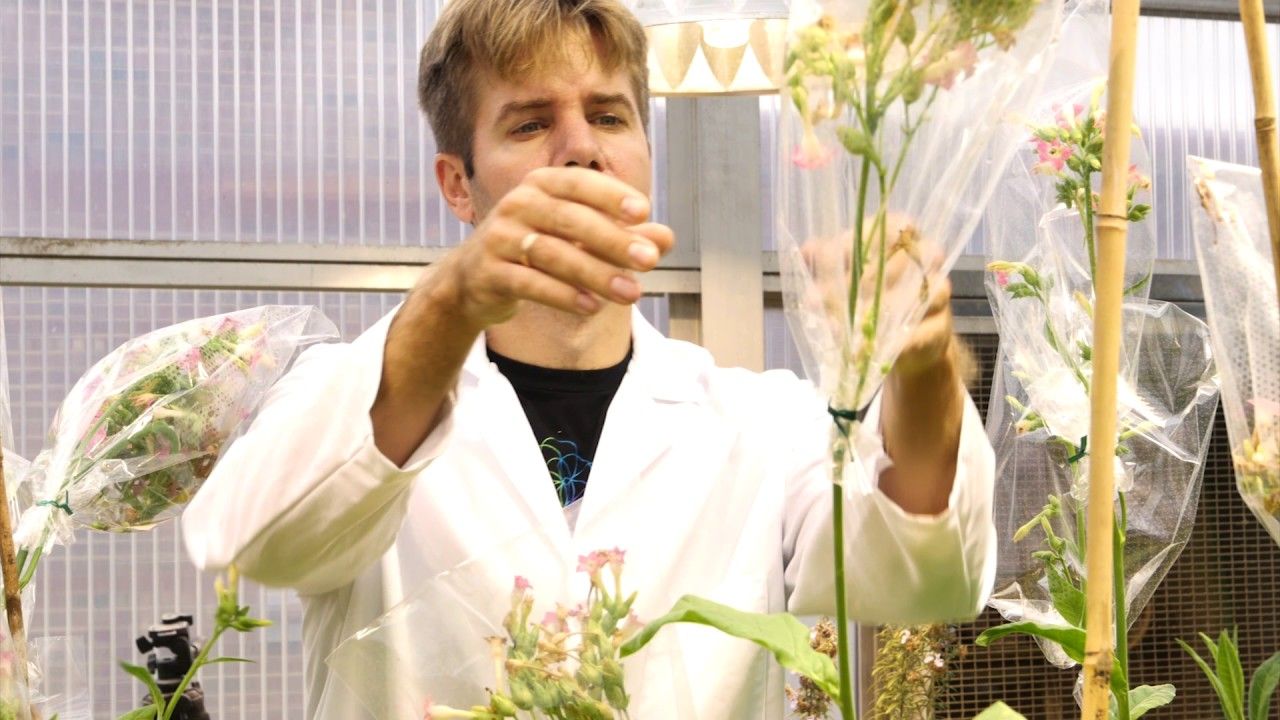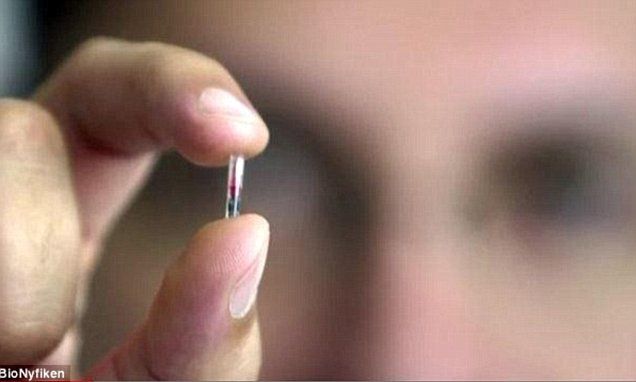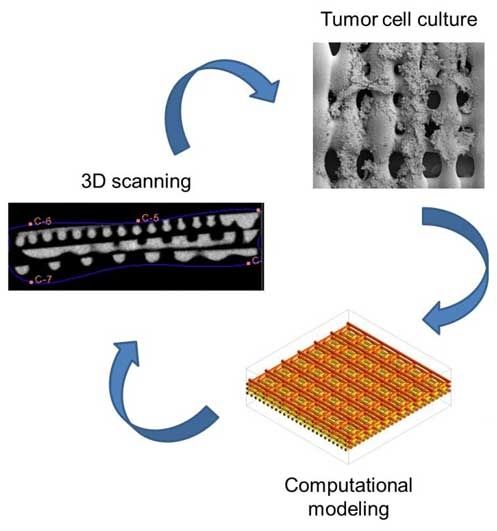Page 10253
Feb 9, 2017
Could Predictive Policing Lead to a Real-Life Minority Report?
Posted by Carse Peel in categories: biotech/medical, information science, law enforcement, robotics/AI
Everyone knows prevention is better than a cure, and that’s as true for law enforcement as it is for medicine. But there’s little evidence that a growing trend towards “predictive policing” is the answer, and it could even bake in racial bias.
Police departments faced with tight budgets are increasingly turning to machine learning-enabled software that can sift through crime data to help predict where crimes are likely to occur and who might commit them.
Using statistics in law enforcement is nothing new. A statistical system for tracking crime called Compstat was pioneered in New York in 1994 and quickly became popular elsewhere. Since then, crime has fallen 75 percent in New York, which has been credited by some to the technology. But while Compstat simply helped identify historical hotspots, “predictive policing” uses intelligent algorithms to forecast tomorrow’s hotspots and offenders.
Continue reading “Could Predictive Policing Lead to a Real-Life Minority Report?” »
Global population growth and migration trends make it increasingly likely that the US Army will find itself fighting in megacities in the future. In order to be prepared for the challenges this will pose, the Army should create a unit manned, equipped, and trained entirely for this purpose.
Feb 9, 2017
Bizarre new helium compound may rewrite science books
Posted by Carse Peel in categories: chemistry, education, particle physics, science

At school you may have been taught that helium was a noble gas because it was totally unreactive.
But, new research suggests it might not be as virtuous as we first thought.
Continue reading “Bizarre new helium compound may rewrite science books” »
Feb 8, 2017
Marina Biotech Announces a License Agreement to SMARTICLES
Posted by Carse Peel in categories: biotech/medical, nanotechnology
A biopharmaceutical company focused on the development and commercialization of innovative therapeutics for disease intersections of arthritis, hypertension, and cancer, today announced that they have entered into a license agreement regarding the Company’s SMARTICLES platform for the delivery of nanoparticles including small molecules, peptides, proteins and biologics…
Marina Biotech, Inc. a biopharmaceutical company focused on the development and commercialization of innovative therapeutics for disease intersections of arthritis, hypertension, and cancer, today announced that they have entered into a license agreement regarding the Company’s SMARTICLES platform for the delivery of nanoparticles including small molecules, peptides, proteins and biologics. This represents the first time that the Company’s SMARTICLES technologies have been licensed in connection with nanoparticles delivering small molecules, peptides, proteins and biologics. Under terms of the agreement, Marina could receive up to $90MM in success based milestones. Further details of the agreement were not disclosed.
Feb 8, 2017
French Polynesia signs agreement for Floating Island Project
Posted by Klaus Baldauf in categories: economics, governance, government, law
The French Polynesian government, earlier this year, officially signed an agreement with The Seasteading Institute to cooperate on creating legal framework to allow for the development of The Floating Island Project. The legislation will give the Floating Island Project it’s own “special governing framework” creating an “innovative special economic zone”.

Feb 8, 2017
Engineering Nature: How Improved Photosynthesis Could Feed the World
Posted by Shane Hinshaw in categories: bioengineering, food, genetics

https://youtube.com/watch?v=d6xpQYaxiRc
In Brief
- Researchers were able to increase the weight of tobacco plants by around 14 to 20 percent compared to unmodified plants by adding in genes to improve the process of photosynthesis.
- If successful with other plants, the method could improve the yields of food crops such as cowpeas, rice, and cassava and decrease world hunger.
In terms of plants, the concept of genetically modified organisms (GMOs) often refers to the insertion of genetic information from one species of plant to another so that the recipient plant gains a desirable trait. This process has been used extensively to improve crop yields. For example, one type of rice has been made waterproof so that yields aren’t affected by heavy floods from typhoons.
Continue reading “Engineering Nature: How Improved Photosynthesis Could Feed the World” »
Feb 8, 2017
Translation Technology Will Put Foreign Languages in Your Ear, Allowing Instant Communication
Posted by Zoltan Istvan in categories: futurism, transhumanism
A new story from Inverse with a quote I gave: https://www.inverse.com/article/11766-how-instant-translatio…nd-listens #future
People can save lives when they speak the same language.
Technology has advanced such that we can instantaneously communicate with people in the farthest reaches of the world without breaking a sweat. Furthermore, we can do so in their own languages without even a single credit hour of exploratory language class. When language tools like Google Translate and Yandex. Translate meet communication apps like Skype and Telegram, the world shrinks in the best way.
Feb 8, 2017
World’s First 3D Printed Concrete Pedestrian Bridge Opens in Spain
Posted by Karen Hurst in categories: 3D printing, materials
3D printed bridge in Spain. Could this some day be our answer to reducing costs around US state and county infrastructure costs related to bridges and other structural repairs related to infrastructure?
The pedestrian crossing 3D-printed bridge installed in the urban park of Castilla La Mancha in Madrid, Spain, back in December is now ready to be used.
The 39-foot-long bridge was printed in micro-reinforced concrete at the Institute for Advanced Architecture of Catalonia.
Continue reading “World’s First 3D Printed Concrete Pedestrian Bridge Opens in Spain” »
Feb 8, 2017
Better 3D-printed scaffolds help scientists study cancer
Posted by Karen Hurst in categories: 3D printing, bioengineering, biotech/medical
Nice.
Testing treatments for bone cancer tumors may get easier with new enhancements to sophisticated support structures that mimic their biological environment, according to Rice University scientists.
A team led by Rice bioengineer Antonios Mikos has enhanced its three-dimensional printed scaffold to see how Ewing’s sarcoma (bone cancer) cells respond to stimuli, especially shear stress, the force experienced by tumors as viscous fluid such as blood flows through bone. The researchers determined the structure of a scaffold, natural or not, has a very real effect on how cells express signaling proteins that help cancer grow.
Continue reading “Better 3D-printed scaffolds help scientists study cancer” »















